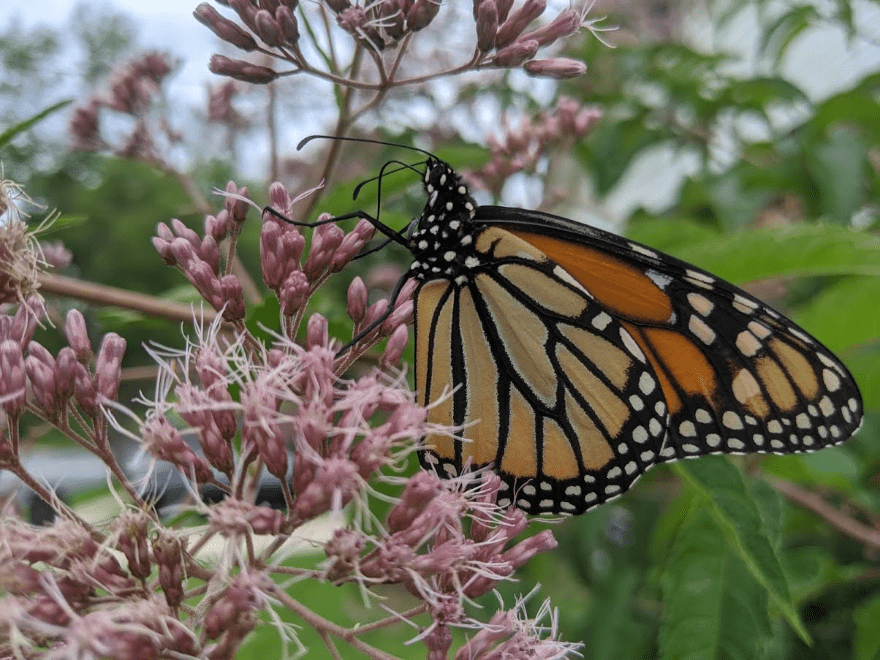We have much more to do and your continued support is needed now more than ever.
California Condor Population Hits 100
One of the most endangered birds in the world celebrates a happy milestone this week: On Wednesday, the US Fish and Wildlife Service announced that for the first time in half a century, 100 wild California condors now fly free in California.

In 1987, the last 22 condors remaining in the wild were captured for a captive breeding program. The program, run jointly by the Los Angeles Zoo and the San Diego Wild Animal Park, began slowly; scientists were frustrated by the birds’ unusually slow reproductive habits (see below). But eventually the condors began to reproduce reliably, and in 1991, the first juveniles were reintroduced to the wild. Since then, young birds have been released each fall, and a handful of chicks have also hatched naturally in wild nests.
Small populations of the birds also survive in the southwestern U.S. and in Baja California, but scientists estimate that the entire population, wild and captive, remains below 400.
Anyone who has ever seen a condor knows that these are extraordinary birds. They’re huge, with the largest wingspan of any North American bird: more than 9 feet. Their heads and necks are nearly featherless. Condors can soar for miles without flapping their wings, which gives them a grace in flight that is at odds with their reputation as homely birds.
These long-lived scavengers are picky about their mates (as befits any animal that mates for life and lives as long as 50 years) and do not breed until the relatively advanced age of six, making them especially prone to population loss. Throughout the 20th Century, condors suffered terribly from various human-related causes: lead poisoning (from consuming animals contaminated with lead shot), DDT poisoning, poaching and the destruction of their habitat.
By the 1960s, fewer than 100 condors survived in the state, making this week’s announcement very good news for anyone who wants to see condors once again become a significant part of the ecosystem of the American West.
How Our Work Helps the Condor
The National Wildlife Federation works to strengthen and defend the Endangered Species Act, the law which has helped protect the California condor. Our California affiliate, the Planning and Conservation League, also works to protect important habitat for the condor, including the establishment of the Tejon Preserve.





















